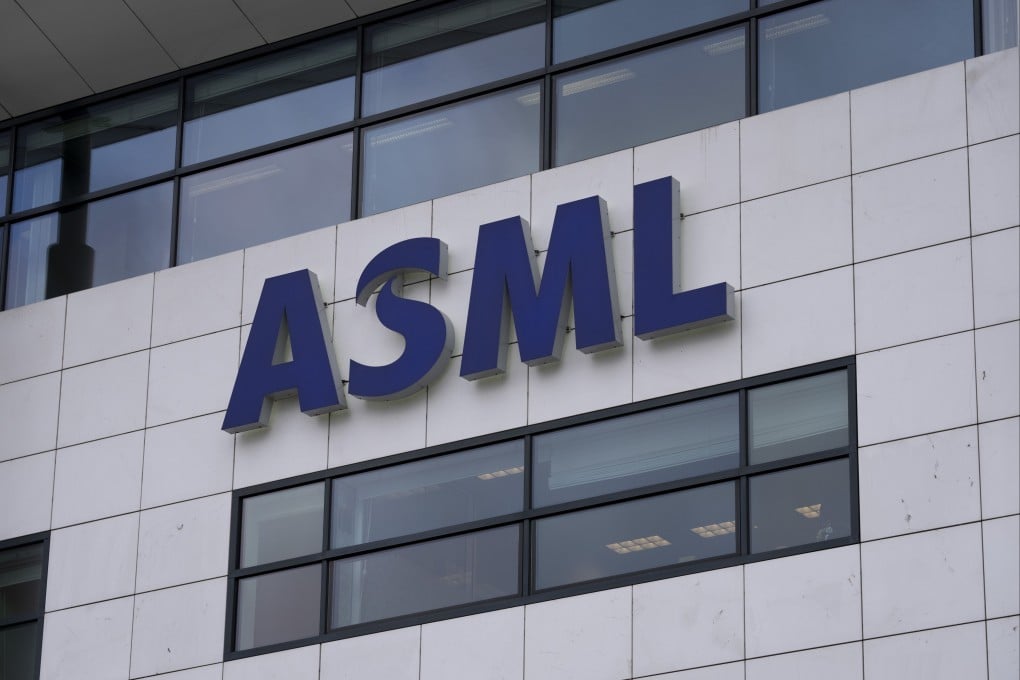Explainer | How US-Japan-Netherlands agreement on chip export restrictions may play out in China
- Under US pressure, the Netherlands has already banned ASML’s most advanced extreme ultraviolet lithography systems from shipping to China
- Besides equipment, it is unknown whether materials such as high-end photoresists, a market dominated by Japanese suppliers, will be restricted

Japan and the Netherlands have reportedly agreed to a US request to tighten their export controls of chip manufacturing equipment and technologies to China, although Washington, Tokyo and The Hague have not disclosed details of the deal.
According to a statement from ASML, the Dutch maker of lithography systems that plays a key role in the three-party attempt to contain China’s chip ambitions, the governmental agreement is not finalised, but will cover advanced chip manufacturing technology, “including but not limited to advanced lithography tools”.
Just how the US-Japan-Netherlands agreement will impact China depends on the details, particularly whether it will cover so-called mature technology equipment that China is in great need of. Below are some general takeaways about the agreement and likely scenarios.
How significant is the US-Japan-Dutch agreement for China’s chip industry?
The impact is likely to be as significant as the unilateral export controls imposed by Washington in October.
The US intensified the magnitude of its tech export controls on China in October, further restricting China’s access to advanced chips and equipment. Under the updated export control regime, tools that enable Chinese foundries to make chips at the 14-nanometre and below node, as well as 18-nm DRAM chips and NAND flash chips of more than 128 layers, are barred from sale to China without US government approval.
Under US pressure, the Netherlands has already banned ASML’s most advanced extreme ultraviolet lithography (EUV) systems from shipping to China, making development of sub-5-nm chips almost impossible. Due to these restrictions, Chinese foundries have largely postponed, if not abandoned, development of chips below 14-nm, regardless of the US-Japan-Dutch agreement.
It is expected that some less advanced deep ultraviolet (DUV) lithography systems will be added to the banned list. For instance, ASML’s Twinscan NXT 2100i immersion DUV system, which in theory could enable 5-nm production, may be added to the export control list.